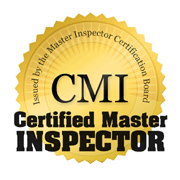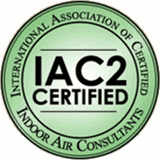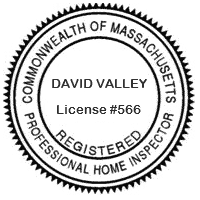Massachusetts Home Inspections YOUR INVESTMENT IS MY CONCERN

Vermiculite Insulation
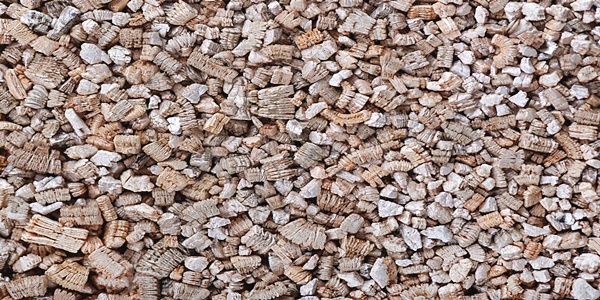
Vermiculite insulation is a lightweight, fire-resistant, and moisture-resistant material that was widely utilized in residential and commercial buildings, particularly from the 1920s to the 1990s. It typically appears as small, pebble-like granules in shades of gray-brown or silver-gold, with a distinctive, shiny, accordion-like flake structure. Due to its excellent thermal and acoustic insulating properties, vermiculite was commonly used as loose-fill insulation in attics and within wall cavities.
While vermiculite itself is a naturally safe mineral, older vermiculite insulation—especially that sourced from the Libby, Montana mine, which supplied over 70% of the U.S. market—was found to be contaminated with asbestos. Exposure to asbestos fibers poses significant health risks, including respiratory diseases and lung cancer.
Potential Asbestos Contamination
A primary concern associated with vermiculite insulation is the potential for asbestos contamination. A substantial portion of vermiculite used in insulation, particularly the Zonolite® brand, was sourced from the Libby, Montana mine, where the material was naturally contaminated with tremolite asbestos fibers. While not all vermiculite contains asbestos, it is advisable to assume its presence until it has been tested and confirmed by a certified laboratory.
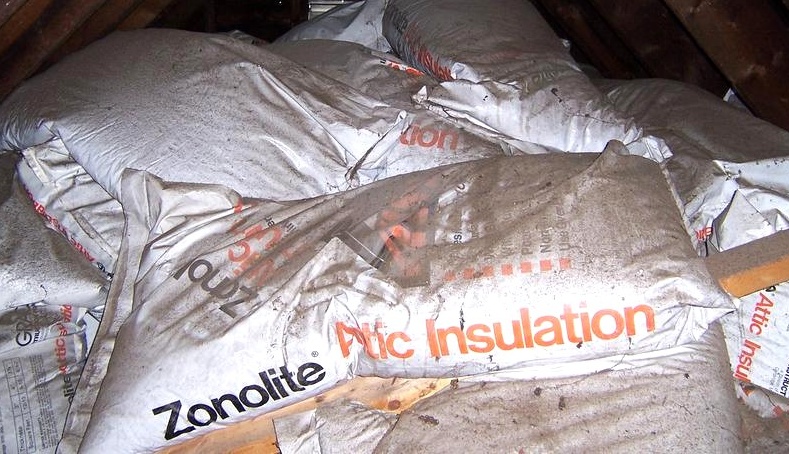
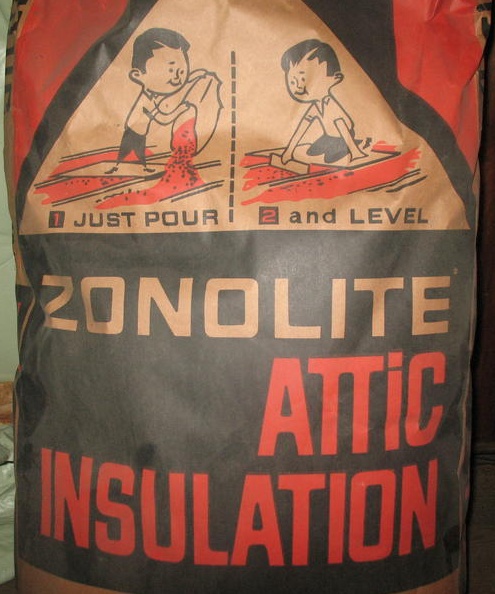
Health Risks of Asbestos Exposure
If asbestos-containing vermiculite insulation is disturbed, it can release airborne asbestos fibers, which pose serious health risks, including:
• Asbestosis - A chronic lung disease caused by inhaling asbestos fibers, leading to lung scarring (fibrosis), shortness of breath, and reduced lung function.
• Lung cancer - Asbestos exposure is a known cause of lung cancer, particularly in individuals with prolonged or high-level exposure.
• Mesothelioma A rare and aggressive cancer affecting the lining of the lungs, chest cavity, or abdomen, directly linked to asbestos exposure.
• Pleural Plaques & Thickening: The formation of fibrous thickening or scarring in the lung lining, which can lead to breathing difficulties over time.
What Homeowners Should do if you suspect your home has vermiculite insulation:
• Do Not Disturb It – Avoid touching, moving, sweeping, vacuuming, or otherwise disturbing the material to prevent airborne fiber release. Asbestos fibers are microscopic and lightweight, so they can stay suspended in the air for long periods.
• Professional Testing – Contact a certified asbestos inspector to take samples and determine if asbestos is present in any suspect vermiculite.
• Encapsulation or Removal – If asbestos is confirmed by a professional, consider either sealing the insulation in place or having it professionally removed following local safety regulations which can be costly. If removal isn’t an option, permanently sealing off the entire attic or insulation area can reduce exposure risk.
• Financial Assistance – Homeowners may qualify for assistance through the Zonolite Attic Insulation Trust, which helps cover some of the costs of testing and removal.
Disclosure and Legal Considerations
When selling a Massachusetts home that contains vermiculite insulation (particularly in the attic), disclosure laws may require informing the buyers about the presence of vermiculite insulation. It's essential to navigate both legal obligations and ethical considerations to ensure a transparent and smooth real estate transaction. Massachusetts does operate under the "caveat emptor" or "buyer beware" principle, meaning sellers are generally not legally obligated to disclose all property defects. However, there are specific exceptions:
• Misrepresentation: Sellers are prohibited from making false statements or misrepresenting material facts about the property they are selling.
• While there's no explicit legal requirement to disclose asbestos or vermiculite insulation, intentionally concealing such information could lead to legal repercussions. Therefore, transparency is highly advisable.
• Many financial institutions and insurers have policies that address the risks associated with asbestos-containing materials (ACMs), which could impact the home sale process.
Final Thoughts
While vermiculite insulation itself is not hazardous, the potential asbestos contamination requires caution. Homeowners should avoid disturbing the material and consult professionals for proper assessment and management.
If replacing insulation, consider safer and more efficient options such as:
• Fiberglass batt insulation
• Cellulose insulation
• Spray foam insulation
For additional information, consult local environmental agencies or asbestos abatement professionals.
Here is what my clients have to say about my home inspection services:
Press F5 (on your keyboard) for additional testimonials
Dave,
I want to thank you for doing my home inspection. I appreciated your extremely detailed documentation and will certainly use you for any other home inspection needs if i ever have them.
Aaron



